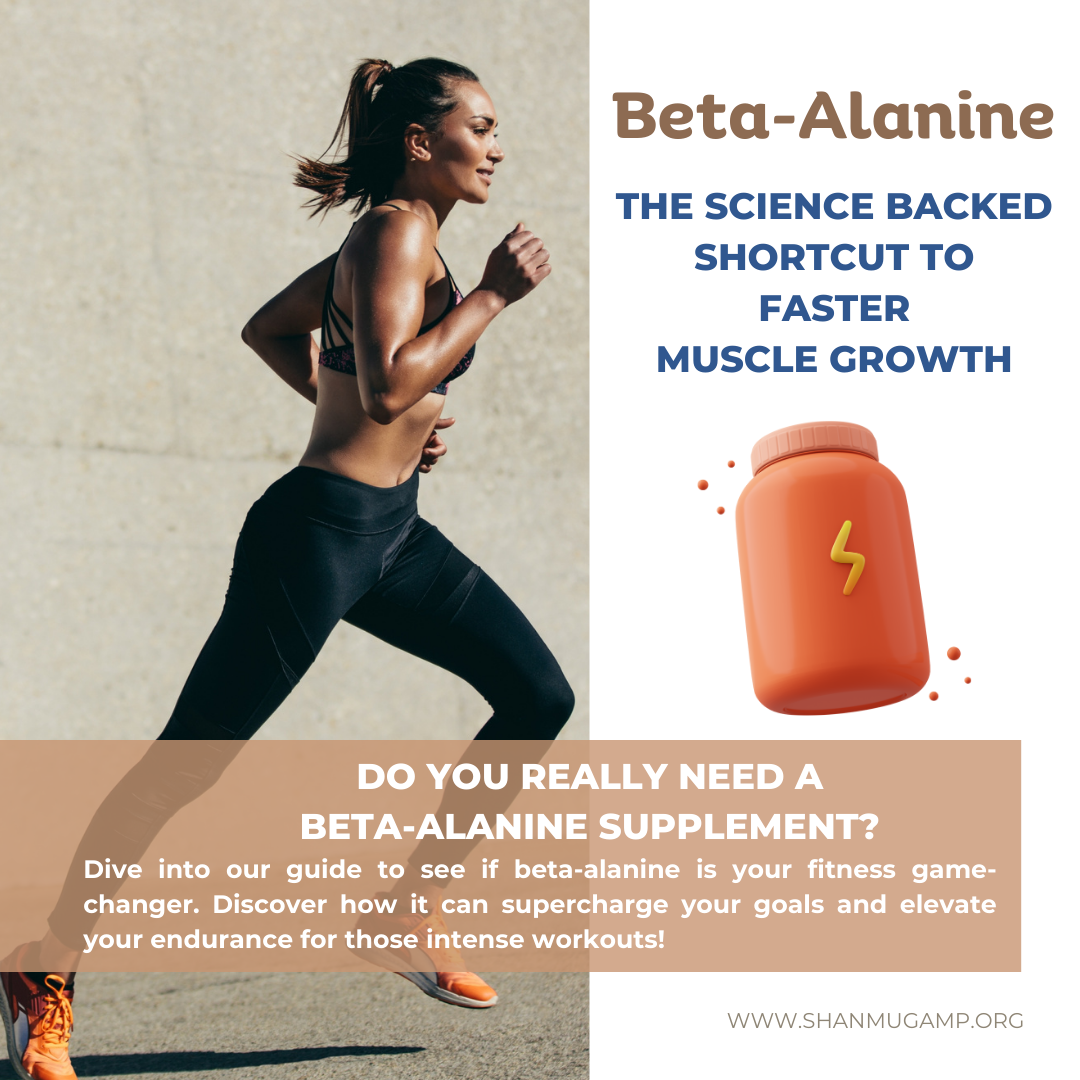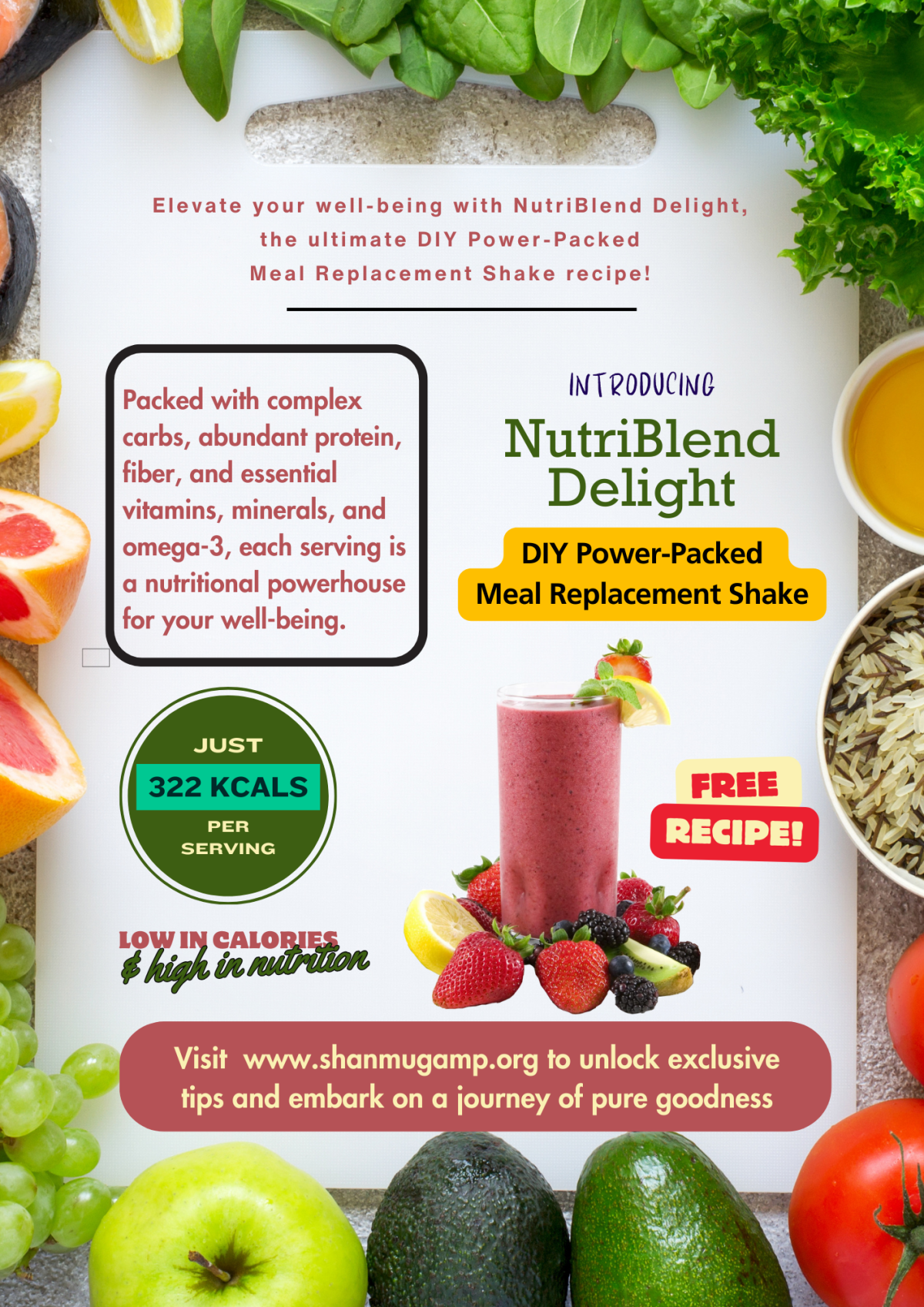I use various medical apps for online medical consultations and purchasing medicines. I often receive ads offering discounts for a full-body checkup. Recently, I underwent tests such as liver function, blood glucose, CBC, CRP, lipid profile, Vitamin D3, thyroid, pulmonary function, and chest X-ray. Examining the reports and conducting research on the prescribed medication provided me with valuable insights.
While I haven’t undergone a full-body checkup yet, I am very curious about the tests’ contents. Being passionate about medical science, health and fitness, pharmacology, diet, and nutrition, I decided to delve deeper into this topic and share my knowledge with my readers.
In this article, I have compiled descriptions of various tests included in a whole-body checkup, explaining why they are conducted and the diseases they aim to diagnose. Since I plan to provide a quick overview, I haven’t included other details such as the procedures for these tests and the necessary preparations. Feel free to search for additional information as needed. Let’s delve into more detail about each test included in a whole-body checkup.
Haemogram Test:
Purpose: Evaluates the overall health of your blood.
Components: Includes measurements of red blood cells (RBCs), white blood cells (WBCs), hemoglobin, and platelets.
Significance: Identifies conditions like anemia, infections, and blood clotting disorders.
A Haemogram, often referred to as a complete blood test, is a comprehensive examination conducted on a small blood sample, providing valuable insights into one’s overall health. Consisting of two main components, Complete Blood Count (CBC) and Erythrocyte Sedimentation Rate (ESR), this test evaluates red blood cells, white blood cells, platelets, and detects inflammation in the body.
Essential information on hemoglobin levels, white blood cell and platelet counts, and specific red blood cell indices is obtained through the Haemogram. Automated complete blood counts go a step further, offering a “differential” that presents data on various subgroups of white blood cells. This test is instrumental in diagnosing conditions like anemia, hematological cancers, infections, acute hemorrhagic states, allergies, and immunodeficiencies. Moreover, it plays a crucial role in monitoring the side effects of medications, chemotherapy, and radiotherapy.
The Haemogram test’s primary advantage lies in its ability to identify even the slightest abnormalities in the bloodstream, providing essential details about underlying medical conditions.
Blood Sugar Test:
Purpose: Measures blood glucose levels.
Components: Fasting and postprandial (after eating) blood sugar levels.
Significance: Crucial for detecting diabetes or prediabetes, guiding lifestyle and treatment interventions.
A blood glucose test is a simple but crucial method for assessing the sugar levels in your blood. This can be done through a quick finger prick or a blood draw from your vein. Doctors often use this test to screen for Type 2 diabetes, a prevalent health condition. The sugar, known as glucose, in your blood primarily comes from the food and drinks you consume, serving as the main fuel for your body. Your blood acts as the carrier, delivering this glucose to all your cells and providing them with the energy they require.
Various processes in your body collaborate to maintain your blood glucose within a healthy range. Insulin, a hormone produced by your pancreas, plays a pivotal role in this process by regulating and sustaining a balanced blood sugar level. If your blood glucose levels are higher than the normal range, a condition known as hyperglycemia, it might indicate diabetes. Diabetes manifests when your pancreas fails to produce sufficient insulin or none at all, or when your body doesn’t respond adequately to insulin’s effects. This intricate interplay between glucose, insulin, and your body’s response is essential for understanding and managing your overall health.
Pulmonary Function Test:
Purpose: Assesses lung function.
Components: Measures lung capacity, airflow, and gas exchange.
Significance: Detects respiratory issues such as asthma, chronic bronchitis, or pulmonary fibrosis.
Pulmonary function tests (PFTs) are like health checkups for your lungs. These noninvasive tests help doctors understand how well your lungs are working. They measure things like the amount of air your lungs can hold, how fast you can breathe out, and other important details. PFTs are done using two methods: spirometry, where you blow into a device, and plethysmography, where you sit in a small box and do some tests.
These tests check for two types of lung problems: obstructive (trouble with air flowing out) and restrictive (issues with lung tissue or chest muscles expanding). The results help diagnose conditions like asthma, chronic bronchitis, or even problems caused by things like scoliosis or asbestos exposure.
PFTs are beneficial for various reasons. They are part of routine health checkups, required in specific work environments, and help diagnose allergies, infections, and chronic lung issues. Doctors also use them before surgeries or procedures involving the lungs and to see how well treatments are working
Lipid Profile:
Purpose: Evaluates cholesterol levels in the blood.
Components: Total cholesterol, HDL (high-density lipoprotein), LDL (low-density lipoprotein), and triglycerides.
Significance: Essential for assessing cardiovascular health and the risk of heart diseases.
The lipid profile test, also known as a lipid panel or cholesterol test, measures different types of lipids in the blood, including LDL (low-density lipoproteins), VLDL (very low-density lipoproteins), HDL (high-density lipoproteins), total cholesterol, and triglycerides. LDL is considered “bad cholesterol” as it forms plaques in the arteries, while HDL is known as “good cholesterol” for its role in clearing away bad cholesterol.
This test is crucial for assessing cardiovascular risk factors, as elevated cholesterol levels can indicate a higher risk of heart-related issues like atherosclerosis, hypertension, heart attack, or stroke. Since high cholesterol levels often show no visible symptoms, the lipid profile test serves as a screening tool to detect and monitor cholesterol levels early on, preventing adverse effects on cardiovascular health.The lipid panel is also used to diagnose conditions like fatty liver or pancreatitis, monitor the effectiveness of cholesterol-lowering medications, and track the progression of hyperlipidemia.
Individuals who should undergo this test include those over 45 (males) or 50 (females), smokers, obese individuals, those with hypertension or diabetes, and those with a family history of early-onset heart disease. Regular testing, especially for individuals between 45 and 65 years, is recommended every 1–2 years, with annual tests after the age of 65.
Liver Profile:
Purpose: Examines liver function.
Components: Tests for enzymes (ALT, AST), bilirubin, and proteins produced by the liver.
Significance: Helps diagnose liver diseases, such as hepatitis or cirrhosis.
Liver function tests, also known as a liver panel, encompass a series of blood tests designed to assess the health of the liver by measuring various substances produced by this vital organ.
Here is a break down of different enzymes your liver produces and their details:
Albumin and Total Protein:
- Albumin, a liver-produced protein, and total protein are measured.
- Albumin contributes to overall protein levels in the blood, crucial for bodily functions.
Enzymes:
- ALP (Alkaline Phosphatase): Involved in bone and liver health.
- ALT (Alanine Transaminase): Primarily found in the liver, crucial for liver function.
- AST (Aspartate Aminotransferase): Present in the liver and other tissues, indicates potential damage.
- GGT (Gamma-Glutamyl Transferase): Associated with liver and bile duct health.
Bilirubin:
- Waste product from the breakdown of red blood cells.
- Reflects the liver’s ability to process waste.
LDH (Lactate Dehydrogenase):
- Enzyme found in various tissues, including the liver.
- Serves as a general marker of tissue damage.
Prothrombin Time (PT):
- Assesses blood clotting time.
- Influenced by prothrombin, a liver-produced protein critical for blood clotting.
Liver function tests are an invaluable tool for identifying liver-related symptoms, assessing the severity of diagnosed liver diseases, monitoring disease progression, evaluating treatment efficacy, and detecting potential medication side effects. These tests are commonly included in comprehensive metabolic panels (CMPs) during routine check-ups to screen for various diseases, including liver conditions. Individuals with symptoms or at higher risk of liver damage may undergo regular testing to ensure early detection and appropriate management.
Thyroid Profile
Purpose: Checks thyroid gland function.
Components: TSH (thyroid-stimulating hormone), T3 (triiodothyronine), and T4 (thyroxine).
Significance: Aids in detecting thyroid disorders that affect metabolism and energy levels.
Thyroid tests are essential to check if your thyroid gland is working properly. This butterfly-shaped gland in your neck acts like a command center, producing hormones that control various body systems and energy usage. If you experience symptoms like fatigue, restlessness, or unexplained weight changes, a thyroid test might be necessary. It helps diagnose thyroid diseases such as hypothyroidism, hyperthyroidism, thyroiditis, Graves’ disease, and Hashimoto’s disease.
Also known as thyroid function tests or thyroid symptom tests, these blood tests measure hormones and antibodies in your blood. Different tests focus on various aspects:
- TSH (Thyroid-Stimulating Hormone): This test measures the hormone produced by your pituitary gland, instructing your thyroid to make thyroid hormones (T3 and T4).
- T3 (or Free T3): This measures the amount of triiodothyronine, one of the main hormones produced by your thyroid.
- T4 (or Free T4): This measures the amount of thyroxine, another key hormone produced by your thyroid.
- Thyroid Antibody Tests: These tests reveal the presence of thyroid antibodies in your blood, indicating potential autoimmune disorders like Graves’ disease or Hashimoto’s disease.
Thyroid tests are crucial for understanding your thyroid health and identifying any underlying conditions that might be affecting your well-being.
Vitamin Check:
Purpose: Assesses levels of essential vitamins.
Components: Includes vitamins like Vitamin D, B12, and folic acid.
Significance: Provides insights into nutritional status and potential vitamin deficiencies.
Vitamin tests are crucial for assessing the body’s vitamin levels, obtained from diet or supplements, to diagnose deficiencies and ensure proper bodily functions.
Common Types of Vitamin Tests:
- Vitamin A, B12, D Tests: Key assessments for retinol, cobalamin, and 25-hydroxyvitamin D levels.
Additional Vitamin Tests:
- Serum Folate Test: Detect folate deficiency, vital for preventing birth defects
- Serum Calcium Test: Identify calcium deficiency, crucial for bone health
- Serum Vitamin C Test: Assess vitamin C levels, important for immune function
Testing Procedures:
- Blood Tests: Primary method measuring vitamin levels and absorption
- Urine Tests: Indicate excretion levels, aiding in dosage adjustments
- Hair Tests: Evaluate stored vitamin levels, providing insights into utilization
Doctors may recommend vitamin tests for any of the following:
- Symptoms of a Vitamin Deficiency: Address issues like fatigue, muscle weakness, and joint pain
- History of Malabsorption or Nutrient Absorption Conditions: Consider testing for those with absorption challenges
- Vegetarian or Vegan Diet: Ensure adequate nutrient intake
- Eating Disorders: Monitor vitamin levels for those with irregular eating habits
- Excessive Alcohol Consumption: Assess potential impact on vitamin levels
- Chronic Stress: Understand stress-related effects on vitamin status
- Family History of Certain Vitamin Deficiencies: Consider genetic factors influencing vitamin levels
Vitamin testing offers various benefits, including early deficiency detection, enhanced nutrient status, and personalized nutritional guidance. It monitors supplement effectiveness, identifies those requiring higher doses, and gauges treatment response. Moreover, it guides individuals on optimizing nutrient intake through dietary adjustments.
CT Calcium Score:
Purpose: Evaluates coronary artery calcium levels.
Components: Measures calcium deposits in coronary arteries.
Significance: Assesses the risk of coronary artery disease and potential heart attacks.
The Calcium Score Test plays a crucial role in helping healthcare providers make decisions about preventing heart attacks and strokes. It’s especially useful for people whose risk falls in the middle range, offering insights that guide treatment choices. This test involves a quick and painless CT scan to check for calcium in coronary arteries, which can indicate the presence of plaque that might lead to coronary artery disease.
The beauty of this test lies in its simplicity and noninvasiveness, allowing individuals to go back to their normal activities right after. However, it’s important to note that the test has some limitations—it can’t detect certain forms of coronary disease. Despite this, it serves as a valuable tool to complement the overall evaluation of heart attack or stroke risk.
The Calcium Score Test is particularly relevant for individuals aged 40 to 70 who have an increased risk of heart disease but no apparent symptoms. This includes those with a family history of heart disease, both current and former tobacco users, individuals with a history of high cholesterol, diabetes, or high blood pressure, those classified as overweight or obese, people leading sedentary lifestyles, and those with other nontraditional risk factors.
For individuals under 40 with a family history of familial hypercholesterolemia, considering the Calcium Score Test is a wise decision. While it provides crucial information, it’s important to view it as part of a comprehensive evaluation of cardiovascular health. This test contributes to the decision-making process regarding the need for statin treatment, offering a clearer picture of an individual’s heart health.
ECG (Electrocardiogram):
Purpose: Records the heart’s electrical activity.
Components: Graphical representation of heartbeats.
Significance: Identifies irregularities or abnormalities in the heart’s rhythm.
An electrocardiogram (ECG or EKG) stands as a painless and noninvasive diagnostic tool, instrumental in identifying various common heart issues. This invaluable test allows healthcare providers to discern irregular heart rhythms (arrhythmias), assess whether chest pain or a heart attack is due to blocked or narrowed arteries in the heart (coronary artery disease), determine if a previous heart attack has occurred, and evaluate the effectiveness of specific heart disease treatments, such as pacemakers.
If you’re experiencing any of the following signs and symptoms, your healthcare provider may recommend an ECG:
- Chest Pain: To investigate the potential cardiac origins of chest pain.
- Dizziness, Lightheadedness, or Confusion: When there are concerns about cardiovascular function affecting cognitive well-being.
- Heart Palpitations: If you’re sensing abnormal heartbeats, rapid, or irregular pulses.
- Shortness of Breath: To assess respiratory and cardiac coordination and function.
- Weakness, Fatigue, or Decline in Exercise Tolerance: When there’s a need to evaluate overall cardiac performance and its impact on physical capacity.
By capturing the heart’s electrical activity through electrodes placed on the skin, an ECG provides valuable insights, aiding in the early detection and understanding of various heart conditions.
Chest X-ray:
Purpose: Provides an image of the chest.
Components: Visualizes the heart, lungs, and surrounding structures.
Significance: Detects conditions like pneumonia, lung tumors, or heart enlargement.
A chest X-ray is a diagnostic imaging test employing X-rays to visualize the internal structures and organs within your chest, providing valuable insights into the functionality of your lungs and heart. Changes in the lungs may signal certain heart problems or diseases affecting the heart and lungs’ structure.
This imaging procedure allows your healthcare provider to observe the size, shape, and location of various crucial elements, including the heart, lungs, bronchi, aorta, pulmonary arteries, mediastinum (middle chest area), and the bones of your chest. Although it utilizes a small amount of radiation, the chest X-ray creates detailed images that aid in the assessment of these vital areas.
Your healthcare provider might recommend a chest X-ray for several reasons, including:
Evaluation of Heart and Lung Function: To assess the working condition of the heart and lungs. Detection of an enlarged heart, potentially indicative of congenital heart defects or cardiomyopathy.
Identification of Pulmonary Issues: Confirmation or exclusion of pneumonia or other lung-related problems. Assessment of pleural effusion, the presence of fluid between the lungs and chest wall.
Exploration of Cardiovascular Conditions: Identification of abnormalities like aneurysms (ballooning of blood vessels) or calcification in heart valves or the aorta. Investigation of potential heart valve or aorta hardening.
Diagnosis of Bone-related Concerns: Detection of broken bones in the chest area.
Evaluation of Tumors or Cancer: Identification of tumors or cancerous growths in the chest region.
Assessment After Surgery or Physical Exam: Post-surgical evaluation of the chest and lungs. Inclusion as part of a comprehensive physical exam or before surgical procedures.
Monitoring Treatment Progress: Assessment of the effectiveness of ongoing treatments. Monitoring disease progression.
Verification of Internal Devices: Confirmation of the location of implanted pacemaker wires and other internal devices. Visualization of central venous catheters, endotracheal tubes, chest tubes, and nasogastric tubes.
Your healthcare provider may recommend a chest X-ray for other reasons specific to our medical condition and needs.
In conclusion, the array of tests discussed collectively contributes to a comprehensive health assessment, empowering healthcare professionals to pinpoint potential health issues and customize interventions for individual well-being.
I trust that this article has provided you with a quick overview of the tests typically included in a whole-body checkup. If you have personal experiences with these tests, or if they have played a crucial role in your diagnosis and treatment, please feel free to share your insights.




















































